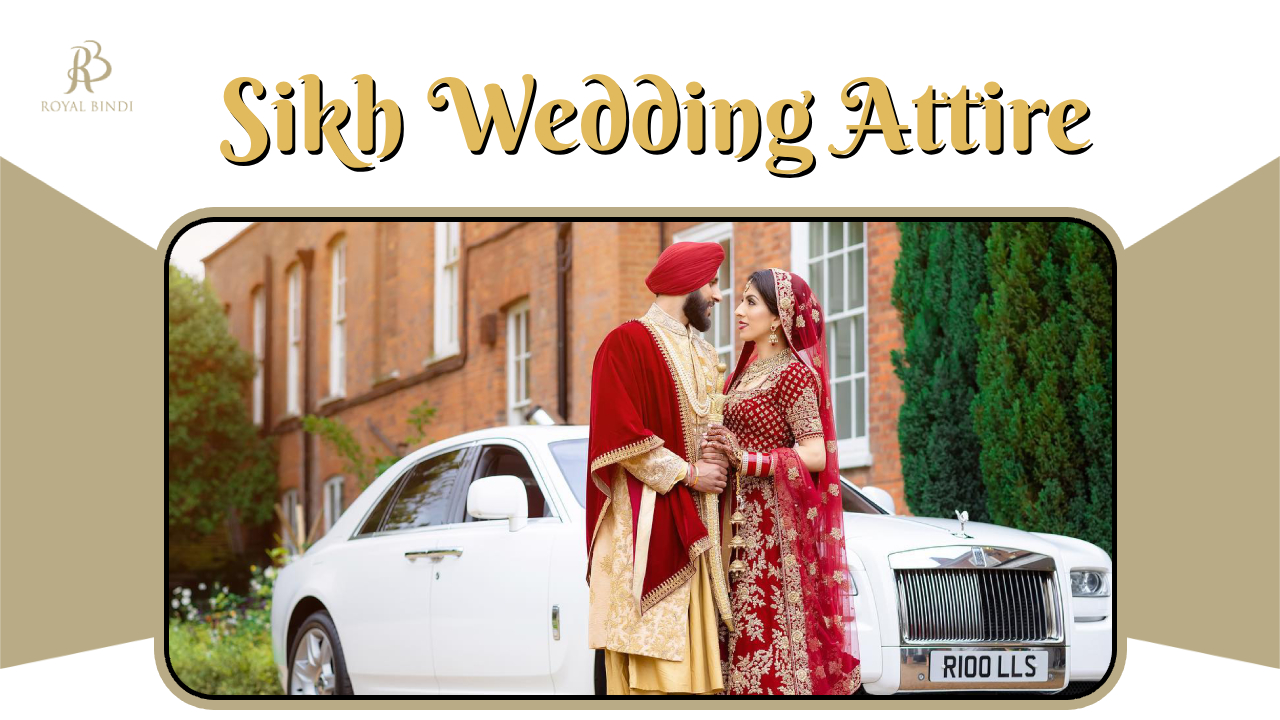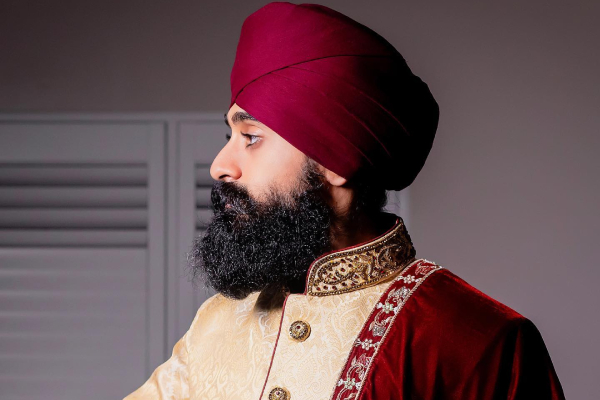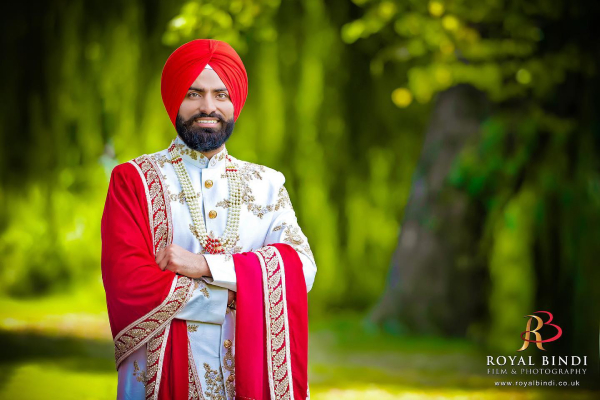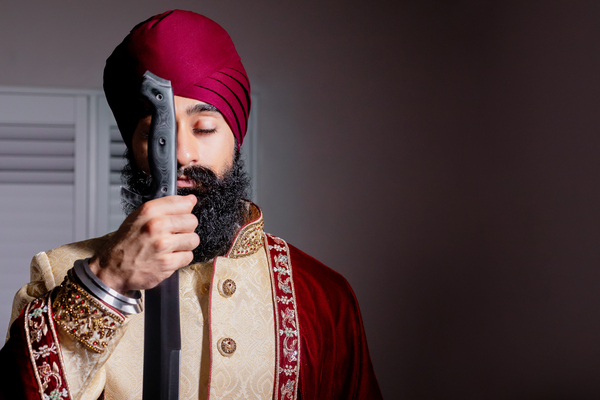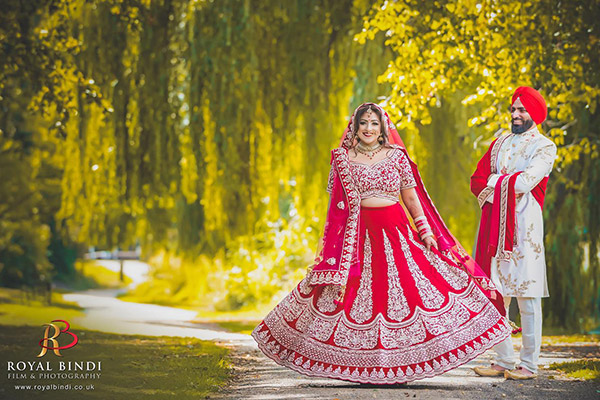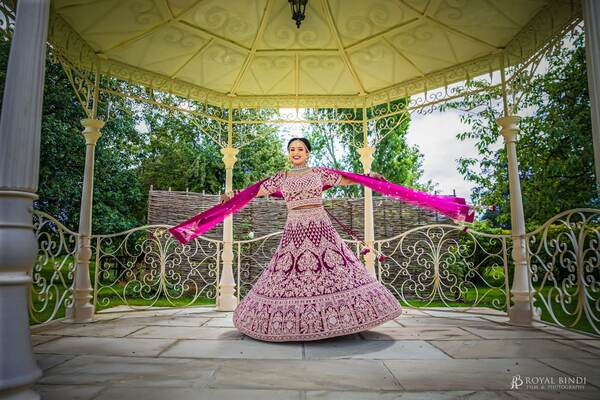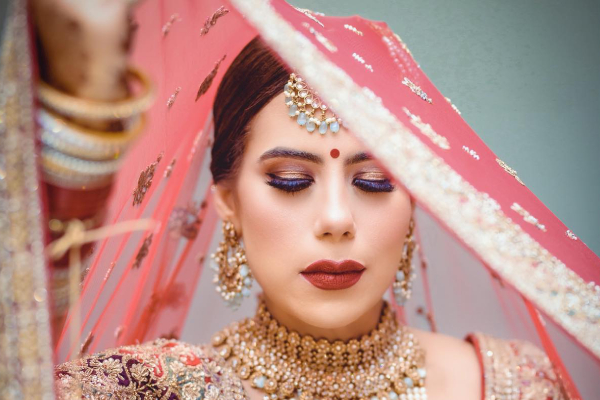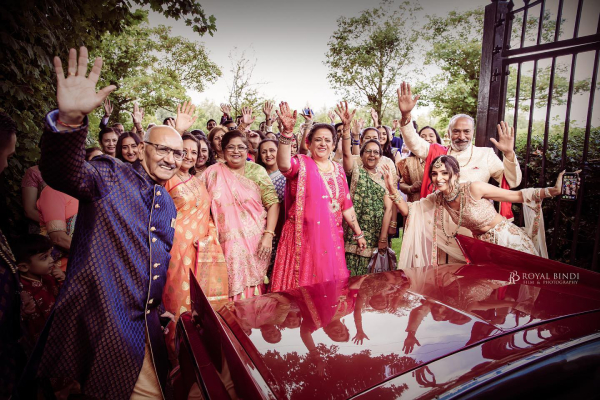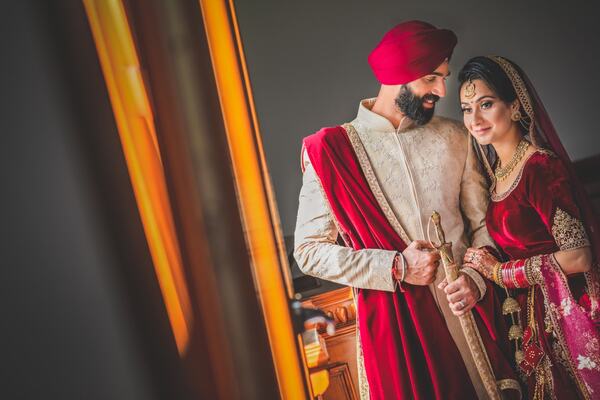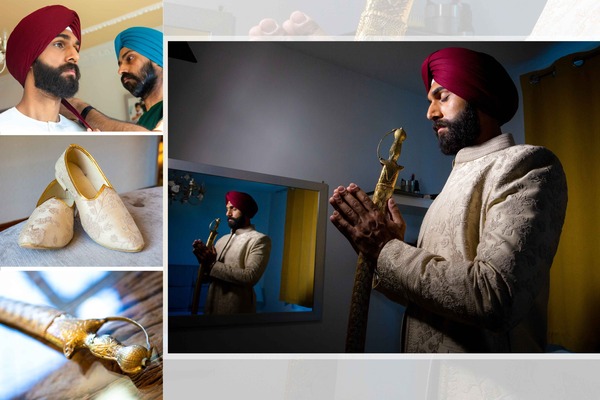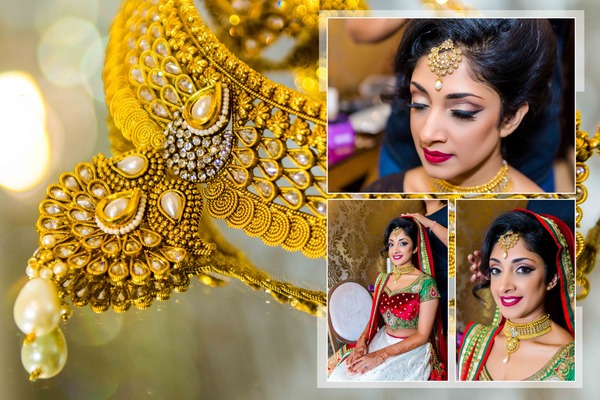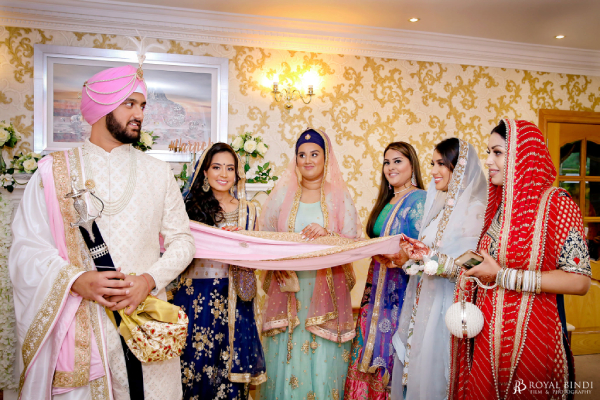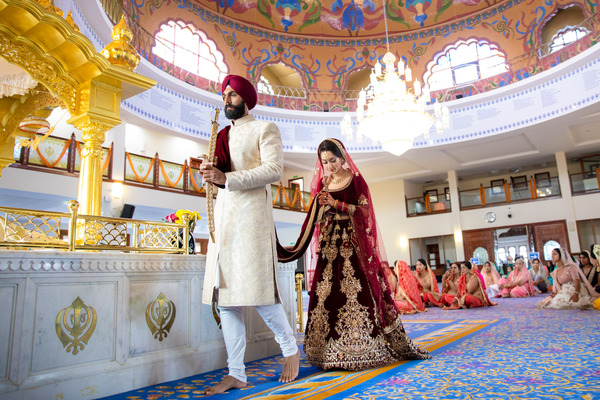Sikh weddings, known for their grandeur and deep-rooted traditions, celebrate love, commitment, and cultural heritage. At the heart of these joyous occasions lies the attire worn by the bride and groom, symbolizing their connection to Sikh tradition and history. We’ll delve into the captivating world of Sikh wedding attire, exploring its significance, intricate details, and the evolving trends that continue to shape this iconic clothing. Sikh wedding attire embodies grace and tradition, adorned with vibrant colours and intricate embroidery. As the trusted Punjabi wedding photographer in the UK, we capture these moments, reflecting this sacred celebration’s beauty and cultural richness.
Traditional Sikh Wedding Attire
Groom’s Attire
Turban
The turban, often referred to as the “dastaar,” is a quintessential element of Sikh culture. It holds immense significance, representing honour, respect, and sovereignty. The groom’s turban is meticulously chosen, and various styles exist, each with its unique charm. The way it’s tied can also convey a wealth of information about the wearer.
Kurta and Churidar
The groom typically wears a kurta, a long tunic, paired with churidar pants. This attire exudes simplicity and elegance while allowing for ease of movement during the wedding rituals. The kurta’s color and embroidery may vary, but it always radiates a sense of dignity.
Kirpan
The kirpan, a ceremonial sword, is a symbol of courage and the defence of righteousness. It’s worn by the groom as a reminder of his duty to protect his family and community. This sacred object adds a profound layer of significance to the groom’s attire.
Bride’s Attire
Lehenga
The bride’s outfit, known as the lehenga, is a masterpiece of artistry and tradition. It consists of a flared skirt, a choli (blouse), and a dupatta (veil). The lehenga’s vibrant colours, intricate embroidery, and rich fabrics make it a captivating choice.
Choli
The choli, or blouse, is designed to complement the lehenga. It can range from modest to bold in design, but it always enhances the bride’s grace and beauty. The choli is a canvas for intricate embellishments and personal style.
Dupatta
The dupatta, gracefully draped over the bride’s head and shoulders, adds an ethereal touch to her appearance. It signifies modesty and symbolises the bride’s connection to her new family. The way the dupatta is draped varies by region and personal preference.
Sikh Wedding Attire for Guests
Sikh wedding guests typically wear traditional and festive attire, such as kurta-pajamas or sherwanis for men and sarees, suits, or lehengas for women. Vibrant colours and traditional jewellery are commonly chosen to align with the celebratory atmosphere. While there’s no strict dress code, dressing modestly and respecting the cultural significance of the event is appreciated.
Modern Trends in Sikh Wedding Attire
Sikh wedding attire has not remained static; it has evolved with time while retaining its core values. Modern brides and grooms often experiment with contemporary variations of traditional attire. They blend the elegance of the past with the flair of the present, resulting in stunning fusion outfits. Bollywood and fashion trends also play a significant role in shaping these choices.
Choosing the Perfect Sikh Wedding Attire
Selecting the ideal Sikh wedding attire is a thoughtful process. Brides and grooms consider factors like comfort, personal style, and cultural significance when making their choices. It’s essential to strike a balance between tradition and modernity, ensuring that the attire reflects the couple’s unique journey.
Accessories and Jewelry
In addition to the main attire, accessories and jewellery play a crucial role in completing the bridal and groom’s look. Turban accessories for the groom, such as kalgi and sarpech, add a regal touch. Bridal jewellery, including necklaces, earrings, and bangles, not only enhances the bride’s beauty but also carries cultural and familial significance.
Maintaining Tradition in a Global Context
For Sikh communities living in multicultural societies, preserving cultural identity is a priority. However, it comes with its challenges. Finding a balance between staying true to tradition and adapting to a global context can be complex. Sikh families often employ strategies to ensure their customs and attire choices are passed down to the next generation.
Inclusivity and Diversity
Sikh weddings increasingly take place in multicultural environments, where diversity is celebrated. Attire choices reflect this inclusivity, with brides and grooms embracing a wide range of styles. This shift symbolises unity in diversity and highlights the beauty of Sikh traditions merging with the world’s rich cultural tapestry.
Sikh wedding attire is a reflection of rich tradition and cultural heritage. The turban, kurta, churidar, lehenga, choli, and dupatta all come together to create a visual masterpiece, embodying the significance of love, commitment, and respect. As Sikh weddings continue to evolve, they remain a testament to the beauty of preserving tradition while embracing the winds of change.
Frequently Asked Questions
Is it mandatory for Sikh brides and grooms to wear traditional attire?
While it's not mandatory, many Sikh brides and grooms choose traditional attire to honor their culture and heritage. However, there is room for personalization and modern adaptations.
Are there specific colors that Sikh brides and grooms should wear?
Sikh wedding attire traditionally features vibrant colors like red and gold, symbolizing joy and prosperity. However, modern couples often experiment with a wider color palette.
Can non-Sikh guests wear traditional Sikh attire to a Sikh wedding?
While it's not required, non-Sikh guests can wear traditional Sikh attire as a sign of respect for the culture. It's essential to be culturally sensitive and avoid appropriating customs.
How long does it take to tie a Sikh turban?
The time it takes to tie a Sikh turban can vary based on the individual's experience. Skilled individuals can tie a turban in a matter of minutes, while beginners may take longer.
What is the significance of the kirpan in Sikh weddings?
The kirpan symbolizes courage, self-defense, and protection of the Sikh community. In weddings, it reminds the groom of his responsibility to safeguard his family and uphold righteousness.
Enquire Here

